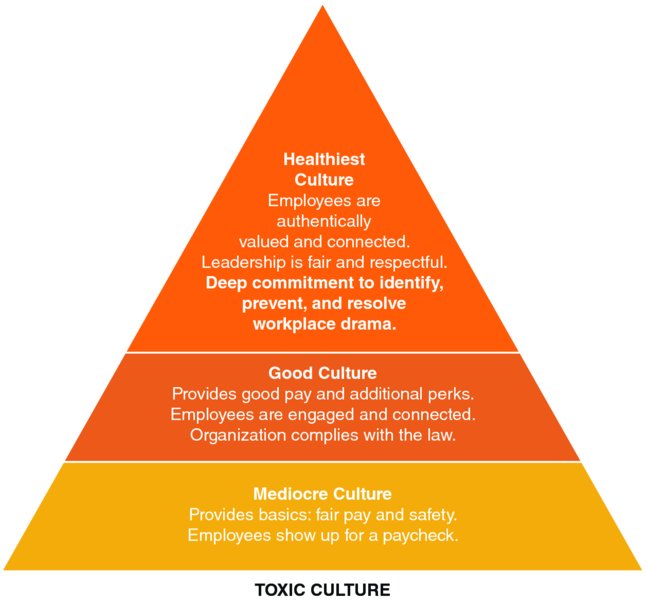Introduction
Companies are hungry to find ways to differentiate themselves, to become employers of choice, to present themselves as organizations that deserve to win the “war for talent.” Cue the calls for a dynamic workplace culture as the secret weapon to make all this come true.
Workplace culture has become a familiar term in corporate America. But despite all the talk about how much culture matters, few companies actually do the work required to build and maintain a healthy and productive environment at work. Research validates the fact that a healthy culture drives business results, but little attention is paid to how to actually improve your culture and keep it healthy.
First, let’s define the term. In short, workplace culture encompasses the beliefs, values, and behaviors that guide your company. There are many components that define and measure the health of a culture at work, including employee engagement, employee satisfaction, happiness at work, compensation, benefits, and other workplace perks. People confuse these individual elements with defining their culture. (“We have a great culture . . . our employee surveys indicate our workforce is engaged.”)
As outlined in Figure I.1, a healthy and productive workplace culture has various components. Like Maslow’s hierarchy of needs, you can’t get to the top rungs without first satisfying basic needs.

Figure I.1 The Healthy ...
Get The Drama-Free Workplace now with the O’Reilly learning platform.
O’Reilly members experience books, live events, courses curated by job role, and more from O’Reilly and nearly 200 top publishers.

